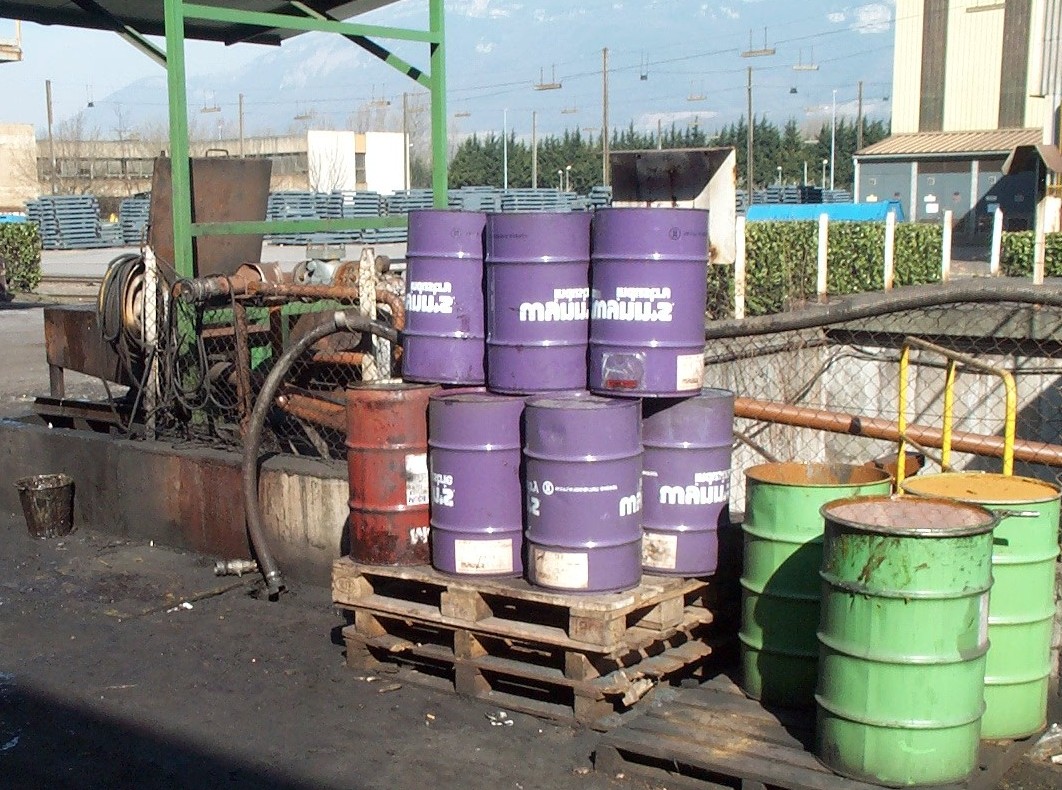Senate Passes Overhaul of TSCA – Chemical Safety Rules
The Senate voted last December to approve a sweeping bipartisan chemical safety bill after years of work and months of tense negotiations.
The primary law overseeing the safety of chemical products—the Toxic Substances Control Act (TSCA)—was passed in 1976 and provides the U.S. Environmental Protection Agency (EPA) authority to review and regulate chemicals in commerce. TSCA was designed to ensure that products are safe for intended use. While the law created a robust system of regulations, over time, confidence in EPA’s regulation of chemicals has eroded.
The Frank R. Lautenberg Chemical Safety for the 21st Century Act, named after the late New Jersey senator, updates the 1976 TSCA to give the Environmental Protection Agency (EPA) broad new powers to study and regulate harmful chemicals like asbestos, while restricting states’ individual abilities to make their own rules. Lautenberg had made chemical reform his top priority before his death in 2013.
The bill would eventually require testing for every chemical currently in commerce, and any new chemicals. The EPA decisions about chemicals would have to be made solely on the basis of the impact on health and the environment, not the compliance costs.
But the legislation also has significant provisions that the chemical industry asked for, such as restrictions on what states can do on their own, which the industry said is essential for certainty and to avoid a patchwork of rules.
The House passed its own chemical reform bill in June 2015. The Senate sponsors said they plan to work with the House toward a compromise measure.
Key Points of the Bill
Some of the highlights, as outlined in a summary of the Senate bill, are:
- Arequirement that the EPA review the safety of all chemicals in commerce;
- New chemicals must pass a safety check before they can be sold on the market;
- An explicit requirement to protect populations whose exposures, age or other conditions make them vulnerable to chemicals;
- New authority for the EPA to require companies to test new and existing chemicals for safety; and
- EPA can retain enacted state regulations and laws for chemicals, but temporarily stop new regulations while the agency is assessing a chemical’s risks.
Other provisions include minimizing animal testing, the establishment of a federal sustainable chemistry program, interim storage by mercury generators and a prohibition on the export of certain mercury compounds.



